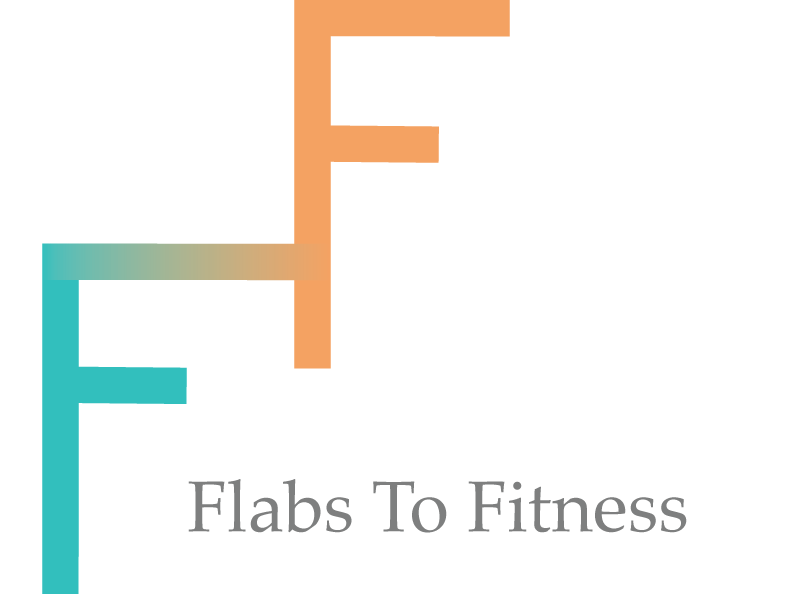The first week, I was in full "vacation mode." Eating out for almost every meal, gelato at least once a day, and skipping breakfast.
I didn't work out because at that point I was allowing a week off since my training was vigorous for a solid 4 months leading up to coming here.
Plus, I wasn't sure if I was going to join the local gym or not and wanted to check it out before "settling" for using the staircase in the hallway to our apartment. It's 98 steps, by the way.
The second week, I could feel it.
My normally-low-carb body was in full revolt with bloating and breakouts galore.
The reintroduction of excessive white sugar was definitely the culprit, in my opinion.
Because of these crappy feelings, I began inventing HIIT workouts on the stairs and turning it into my little gym.
I went to the local market and got fresh, preservative-free cheeses & meats and lots of produce.
Another great thing on the produce: Italians are snobs about eating in-season.
So a kilogram (2.2 pounds) of peaches was €2 since they're a summer fruit, whereas apples were closer to €5 per kilogram.
Still way cheaper than America for ANYTHING organic, in-season or not. But it's cool to see that most farmers refuse to even sell things that aren't in-season.
Cooking the freshest in-season produce
Cooking for myself definitely helped.
I made sure to remember probiotics and prebiotics daily, only discoverable here in the form of full-fat yogurt and the tub of Vital Proteins Collagen Peptides I brought along with me (thanks, Sarah!).
I still ate out plenty of times, mind you.
Lots of GF pizza. And gelato was still a very regular occurrence.
But here's the interesting part: those HIIT sessions invigorated me. Walking everywhere rarely felt like a chore. I began loving the constant movement.
I ate until I was full, and then some.
If I was exhausted from visiting 2 museums and rehearsing Shakespeare and writing too much all in one day, I let myself not worry about missing a workout.
This resulted in the 3-5 times a week exercise schedule.
Sure, I lost some muscle since I wasn't lifting weights like back home.
But my core is much stronger now from the functional nature of the workouts I've been doing. My acne went away and the bloating reduced.
My clothes still fit, so I haven't gained that much weight, if any.
I'm actually scared the number went down because of muscle loss... I was very hypertrophic from over-training when I got here.
My abs are hiding a little more than my first week, but honestly not as much as I'd expected.
And you know what?
My mental state is better than ever.
I love the routine I've got at home: I kick ass on a primal diet there. But I needed this break more than I knew.
Italy taught me how to enjoy dessert again without guilt.
Final thoughts
But I strongly feel that the simplicity, care, and quality put into food production in this country made all the difference between how I do feel and how crappy I would be feeling if I ate like this regularly at home.
I've eaten like this before in the States.
It's called the no-diet plan.
Or if you're on one, IIFYM.
And I was always depleted, constantly had cravings, and got irritable very easily. My brain got foggy.
Maybe because I was eating pounds of HFCS without meaning to. Maybe because I wasn't exercising for stimulation and health.
But whatever it was, I've never felt this good on a lifestyle considered so "unhealthy" back home.
Here, I've filled a journal and written more than 30 letters just on this trip.
Again, I credit the food quality and lack of hormones, GMOs, and preservatives.
I'm luckily very in tune with my body and am a hippie snob with chemicals as a result.
But you can take from my n=1 experience what you will. :)
Sources
(1) Tropia, C. (September 28, 2015). "No a 8 produtti ogm, l'Italia contro l'Ue." il Salvagente Test. Retrieved from https://www.testmagazine.it/2015/09/18/no-a-8-prodotti-ogm-litalia-contro-lue/2714/?v=cd32106bcb6d
(2) Shireen. (March 10, 2013). "GMO timeline: a history of genetically-modified foods." GMO Inside Blog. Retrieved from http://gmoinside.org/gmo-timeline-a-history-genetically-modified-foods/
(3) n.a. n.d. "Italy." FAO Corporate Document Repository. Retrieved from http://www.fao.org/docrep/004/y1669e/y1669e0a.htm
(4) n.a. (December 4, 2012). "Countries with the greatest use of high-fructose corn syrup also have more diabetes." Yahoo! News. Retrieved from https://www.yahoo.com/news/countries-greatest-high-fructose-corn-syrup-more-diabetes-182823674.html?ref=gs
(5) Gucciardi, A. (June 2, 2012). "Americans eat 35 lbs of 'stupidity' linked high fructose corn syrup on average." Natural Society. Retrieved from http://naturalsociety.com/americans-eat-35-lbs-high-fructose-corn-syrup-average/
(6) n.a. n.d. "home." Pranzo Fresh Italian Food to go. Retrieved from http://www.pranzo.uk
(7) n.a. (2016). "Our passion." Gelato Giuliana. Retrieved from http://www.gelatogiuliana.com





















